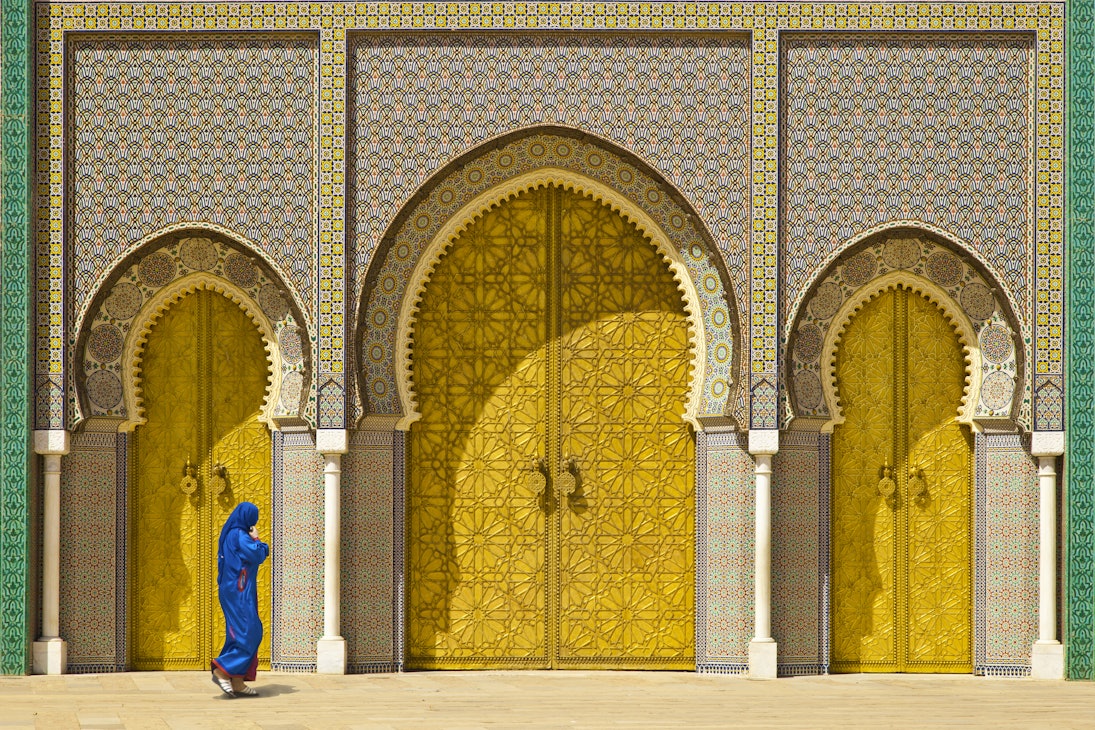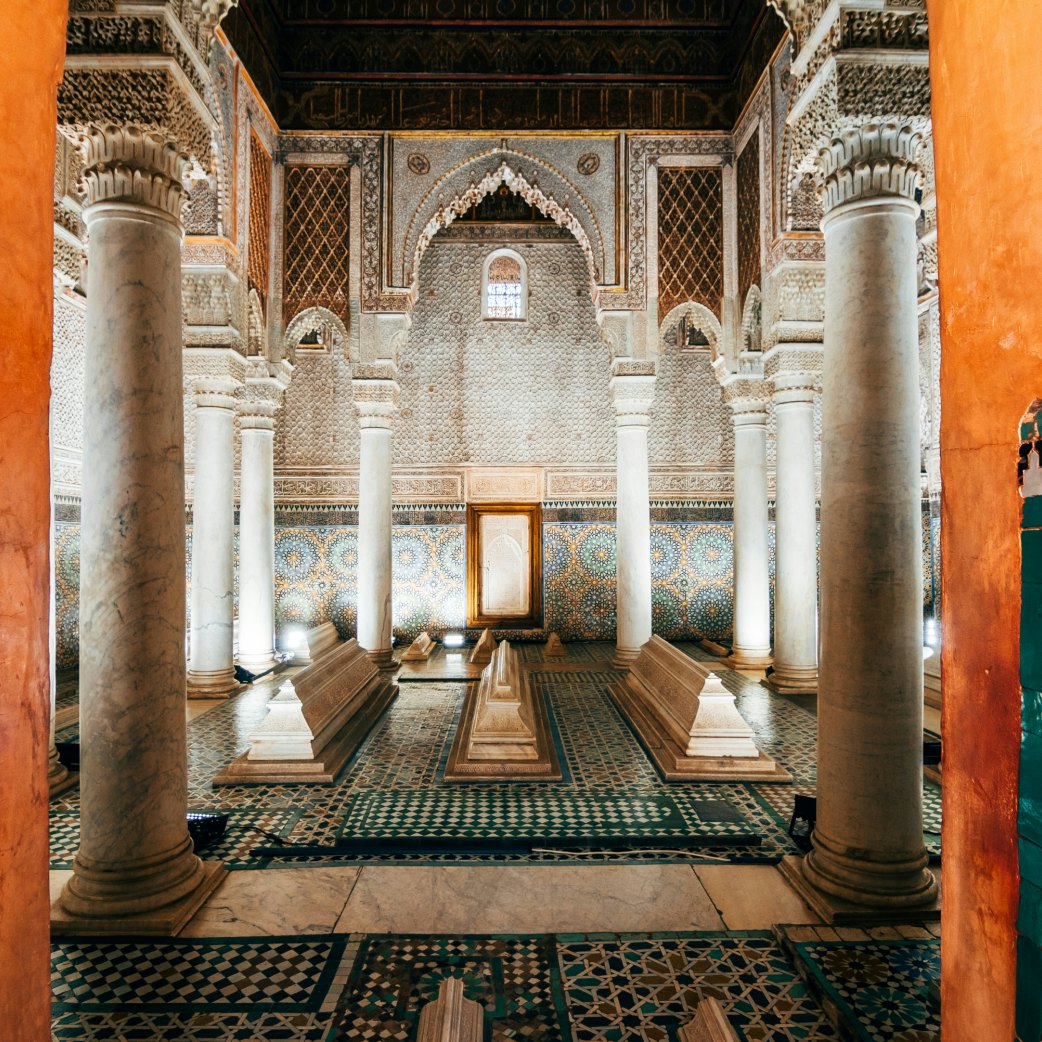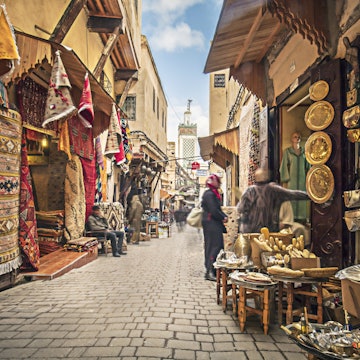

Getty Images
Overview
A country of dazzling diversity, Morocco has epic mountains, sweeping deserts and ancient cities, and it greets travelers with warm hospitality and the perfect glass of mint tea.
Leave the planning to a local expert
Experience the real Morocco. Let a local expert handle the planning for you.
Must-see attractions
Planning Tools
Expert guidance to help you plan your trip
Best Things to Do
Discover the best things to do in Morocco, from mountain to desert, city to coast.
Read full article
Best Places to Visit
The dazzling diversity of mountains, deserts, beaches and ancient cities in Morocco brings your senses to life.
Read full article
Best Time to Visit
From summer music festivals to winter skiing, plan the right time for your visit to Morocco with this seasonal guide.
Read full article
Things to Know
Weave your way through the markets and medinas of Morocco with these travel tips on planning, etiquette and health and safety.
Read full article
Transportation
This dazzling diverse country offers an array of transport options to help you traverse its grand expanse.
Read full article
Visa Requirements
Find out the visa requirements for visiting Morocco, including whether you can visit the country visa-free and how long tourists are allowed to stay.
Read full article
Money and Costs
Morocco offers excellent value for travelers of all budgets. Here are our top tips to make your money go further.
Read full article
Traveling with Kids
Family travelers can expect to feel very welcome in Morocco. Here are the best things to do there with kids.
Read full article
Best Road Trips
Here are five ways to enjoy Morocco's dazzling landscape, from its rugged mountains to its sweeping Saharan desert to its wild Atlantic coastline.
Read full article
Get Connected
Morocco has it all – a storied history, amazing landscapes, a vibrant cuisine. Here's what you need to know about getting connected while you explore.
Read full article
Get a book. Get inspired. Get exploring.
in partnership with getyourguide























